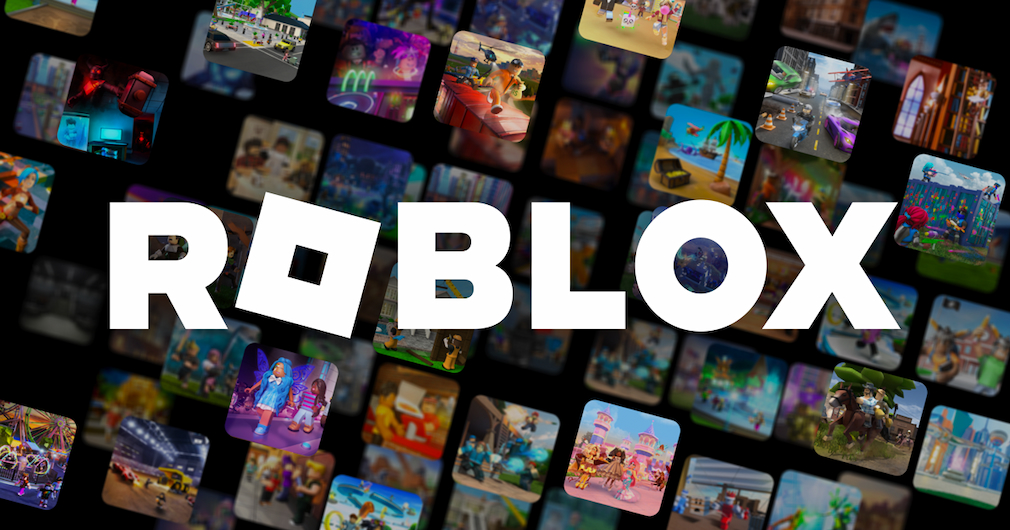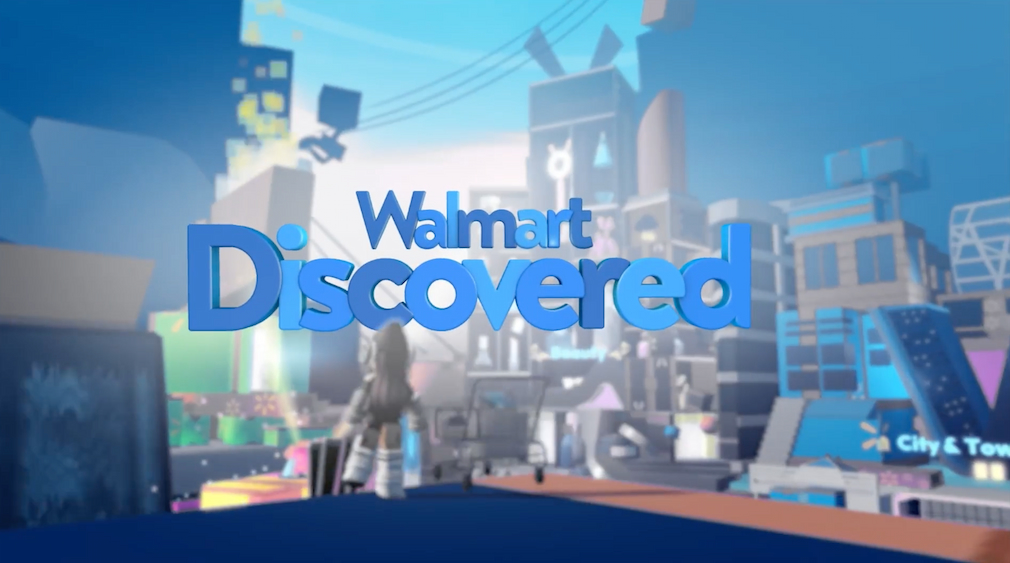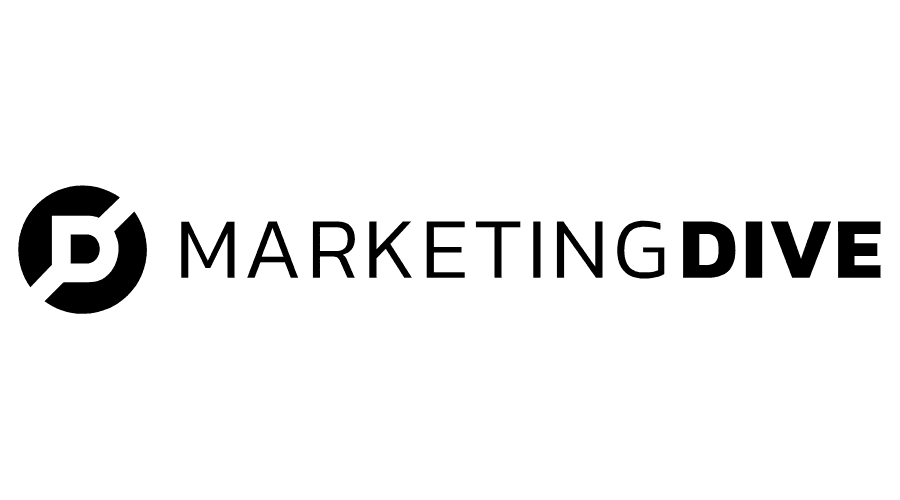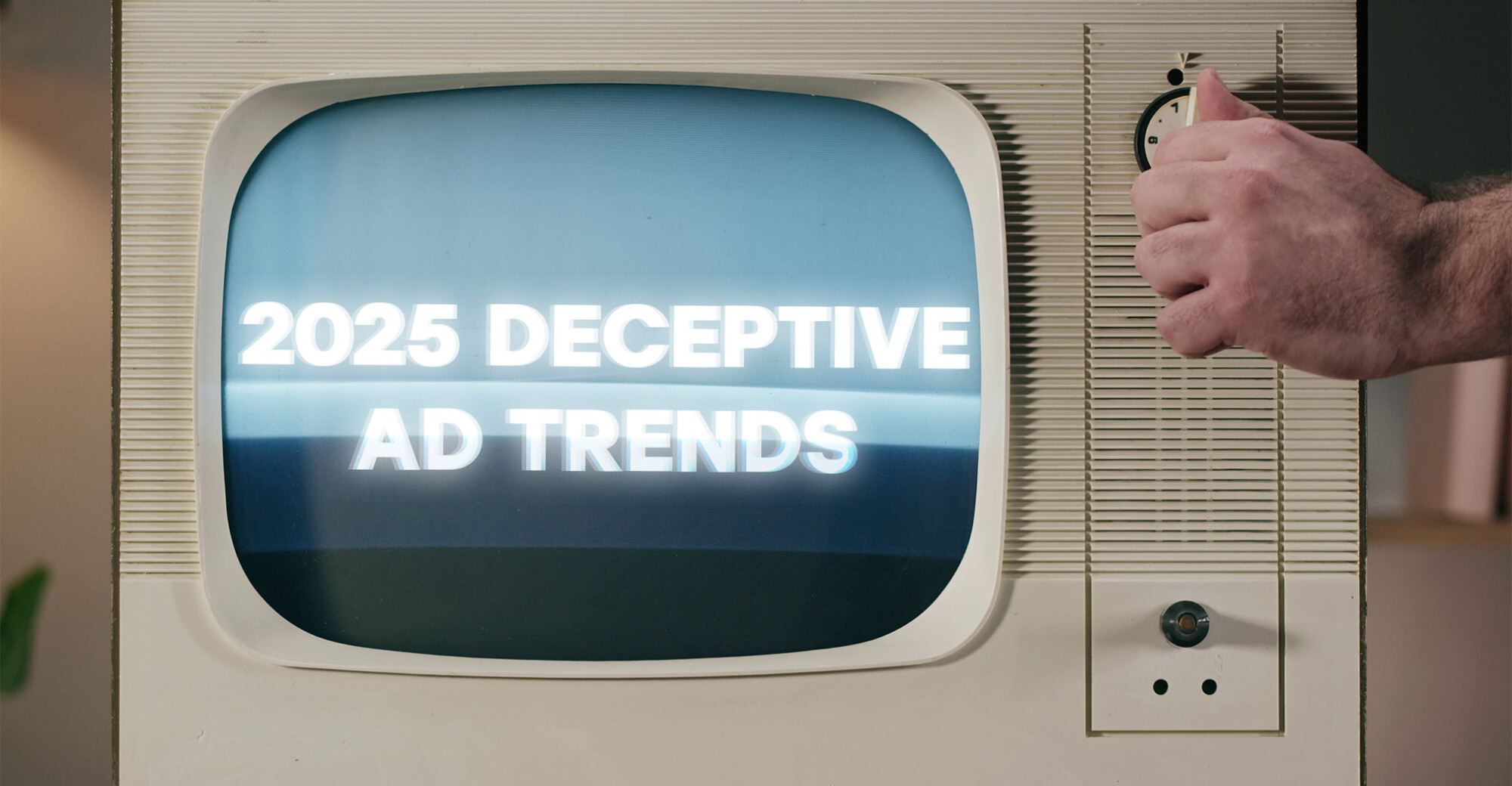
2025 Deceptive Ad Trends
A closer look at what we’ll be monitoring in the new year.
Will it enforce them this time?
|
UPDATE 5/16/23: The Children’s Advertising Review Unit has determined that Roblox violated its Ad Guidelines by failing to adequately disclose to children when advertising is present within experiences and videos on Roblox; and by failing to ensure that social media influencers clearly and conspicuously disclose their material connections to Roblox in a manner that is understandable to children. CARU recommended that Roblox ensure that proper disclosures are implemented. Roblox disagreed with some of CARU’s findings and recommendations but stated it would comply with CARU’s recommendations as they pertain to influencers. Our original article follows.
Following a TINA.org investigation and FTC complaint, Roblox – the multibillion-dollar metaverse gaming platform – has gone from prohibiting ads intended for kids under 13, to abandoning the ban and going silent on the topic, to reimposing the ban on kid-directed advertising (and more). Here’s a closer look at the evolution of Roblox’s ad policies over the last year in the wake of TINA.org’s action.
April 2022 TINA.org investigation and complaint
Last spring, TINA.org investigated Roblox and found that advertising on the platform (in the form of undisclosed advergames, avatar influencers and more) was being surreptitiously pushed in front of millions of users – including more than 25 million children – on a daily basis. This not only violated federal law, but the platform’s own community standards, which at the time prohibited ads “intended for users under the age of 13.” These findings prompted TINA.org to file a complaint with the FTC urging the agency to take action.
October/November 2022 Roblox ad policy changes
Six months later, Roblox boasted to media outlets that “users under the age of 13 will no longer be eligible to see ads” on the platform because it had implemented ways to block kids from viewing marketing materials. This representation, however, turned out to be false, prompting TINA.org to notify the FTC again.
Then, Roblox did something bizarre. Days after playing up its ad ban to the press, the gaming platform quietly removed its longstanding written policy that “Ads may not contain content intended for users under the age of 13.” (See before and after.)
March 2023 Roblox ad policy revamp
And here we are in March – a new season and a new beginning … for Roblox? This month, the gaming platform issued an onslaught of new “Community Standards” and “Advertising Standards,” which are to become effective on June 15 and many of which seem to be responding to issues TINA.org raised with the platform and the FTC last April. The following are some examples:
| Issue raised by TINA.org in April 2022 | Roblox standard published in March 2023 |
| “Companies and influencers have jumped into the Roblox metaverse with reckless abandon – exploiting children’s inability to distinguish organic content from marketing…” | “Developers are prohibited from showing advertising content to users under the age of 13.” |
| “…the distinction between marketing and organic content is almost always missing…”
Using the Stranger Things experience on Roblox as an example: “The only indication that the second Stranger Things search result is sponsored is the small print beneath the game name that ambiguously says ‘By Netflix’ – an indicator that most Roblox users are unlikely to see, and even if they do see it, many Roblox users may not understand that this means the virtual world is an advertisement disguised as a game.” |
“Developers must clearly and prominently disclose to users when content is an ad using simple and understandable language.”
“Reference to the name of an advertiser alone is insufficient. Examples of acceptable disclosure language include ‘ad,’ ‘paid,’ or ‘sponsored.’ The disclosure should be in or near the advertising content and be noticed and understood by users.” |
| “Roblox has designed a metaverse structure that readily permits corporations and influencers to deceptively control the narrative of engagement with unwitting users, who are not aware that they are being covertly targeted by sponsored worlds and avatar influencers, who look and act just like them, to watch, interact with and participate in advertisements.” | “Advertising content design must not obscure or interfere with required disclosures in a way that makes users believe they are engaging with non-advertising content.” |
Interestingly, Roblox’s standards also now prohibit the following types of ads, among many others:
But Roblox hasn’t stopped there. In addition to these “standards,” Roblox has also come out with a slew of “Guides,” which provide guidance to developers on everything from how to build experiences on the platform and customize avatars, to how to promote and drive traffic to experiences, to how to comply with advertising standards, where Roblox goes as far as providing specific examples of what – in its view – constitutes adequate ad disclosures and what doesn’t (though it’s not certain whether or not the FTC would agree).
Finally, in addition to the recent release of these standards and guides, it seems an increasing number of developers are using the Roblox Verified Badge, which is supposed to help users easily identify authentic accounts.
But badge users should take note: These blue check marks are NOT ad disclosures, even according to Roblox. (Remember when it said that ad disclosures should be “presented in a way that is likely to be noticed and understood by users”?)
What does all this mean for the future?
For starters, Roblox’s new landscape means that experiences like the wildly popular Adopt Me! game, which is geared toward and accessible to young kids and has been visited more than 32 billion times, won’t be able to run promotional experiences like it has in the past.

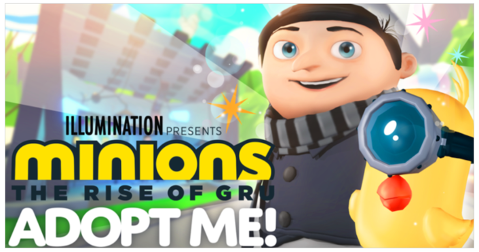
Then again, at the time of the “Scoob!” and “Minions” promotions, Roblox had not yet temporarily removed its under 13 ad ban so those promotions were problematic then too. But that didn’t stop them from happening.
The question now is whether Roblox – which is doubling down on its commitment to suspend developers’ experiences and/or accounts if they violate any of the platform’s advertising standards – will do anything about it. Or whether it will continue to roll the dice.
As of this writing, Nikeland, for example, remains largely unchanged since TINA.org flagged it in April 2022. The advergame is still accessible to children of all ages, still promotes the Nike brand and still lacks any adequate ad disclosures (and has been visited more than 18 million times just since last April).
And up until recently, Walmart was exposing young children to deceptive stealth marketing by way of its Universe of Play advergame on Roblox. This month, the experience was removed from the platform. But according to Walmart, this change wasn’t due to Roblox enforcing any ad standards – the retailer claims the game had been “sunset as planned” after TINA.org (and several other groups including Fairplay and Center for Digital Democracy) raised serious deceptive marketing issues surrounding the game and took action.
TINA.org reached out to Roblox for comment on its new advertising and community standards. Check back for updates.
Find more of our coverage on Roblox here.
A closer look at what we’ll be monitoring in the new year.
Only users who are 13 and older can enter Walmart Discovered.
Peter Adams, Marketing Dive
